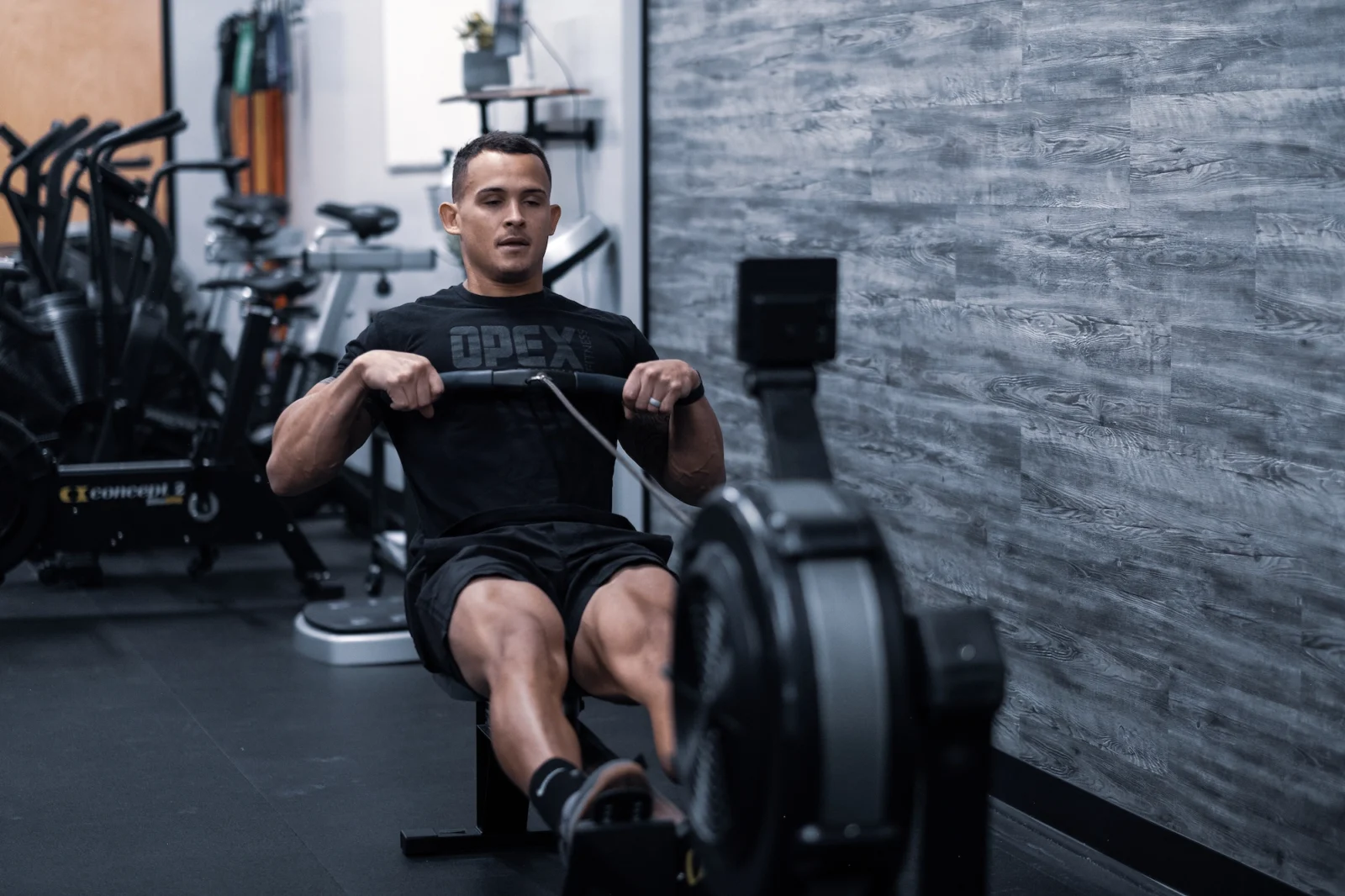3 Reasons To Do Aerobic Training Over Mindless Cardio

Switch to intentional aerobic work to build your base, increase your VO2 max and enhance your overall health
In my last article, I discussed the top three most common goals people have when performing resistance training and the mechanisms that support those goals. I will now dive into the same idea with aerobics.
If you’ve read any of my previous program design blogs, you’ll know that it’s my bias that every general-population individual should be performing both resistance and aerobic training. In line with my outcome-biased perspective, I aim to dive into the “why” behind aerobic training by exploring the three major outcomes most people seek: enhancing their aerobic base, maximizing their VO2 max and achieving better health. To do this, I’ll discuss the mechanisms of aerobic work to hopefully provide a clear understanding of the cause-and-effect relationship between aerobic exercises and the physiological adaptations they induce.
Goal #1: Increase Aerobic Base
Our aerobic base is foundational, representing our body’s ability to use oxygen for sustained periods efficiently. But what mechanisms influence our aerobic base?
- Mitochondrial Density and Efficiency: As we all know by now, mitochondria are the powerhouses of our cells, and aerobic training increases both their number and efficiency. A higher mitochondrial density means our muscles can produce more energy during prolonged activities. The most effective way to increase density? To perform long and easy aerobic work. How much? More than you are currently and in the future, more than that up to about 60-90 minutes.
- Capillarization: With consistent aerobic training, there’s an increase in the number of small blood vessels, or capillaries, in our muscles. This allows for better oxygen and nutrient delivery, enhancing our endurance capabilities.
Understanding these two mechanisms alone is important for endurance athletes and anyone looking to improve their aerobic base. By focusing on steady-state, long-duration aerobics, we can effectively build a solid aerobic base.

Goal #2: Increase VO2 Max
VO2 max is a popular point of discussion nowadays. If we have a look at the data, it’s clear why. We do understand that a higher VO2 max is associated with lower mortality rates and that having a higher VO2 max is better for your health than having a lower VO2 max. What is VO2 max? It represents the maximum amount of oxygen our body can utilize during more intense exercise. It’s a benchmark of aerobic fitness. Let’s take a look at two mechanisms that influence higher levels of VO2 max.
- Cardiac Output Enhancement: One of the benefits of tough(er) aerobic training is the strengthening of the heart muscle. A stronger heart can pump more blood with each beat, increasing the volume of oxygen-rich blood delivered to working muscles.
- Pulmonary Adaptations: Our lungs, too, adapt to aerobic challenges. Their capacity to take in, process, and transport oxygen improves, making it possible to sustain higher-intensity aerobic work for longer.
By incorporating tough aerobic work, we can target and monitor improvements in our VO2 max, ensuring that our aerobic capabilities are continually improving.
Goal #3: Be Healthier
Beyond performance metrics, aerobic work plays a pivotal role in our overall health and wellness. But how exactly does it contribute?
- Metabolic Efficiency: Aerobic work optimizes how our bodies utilize fats and sugars. This can lead to better weight management, stabilized blood sugar levels and reduced risk of metabolic disorders.
- Cardiovascular Health: Much like resistance training, aerobic work has significant cardiovascular benefits. Regular aerobic work can reduce blood pressure, improve cholesterol profiles and enhance overall heart health.
- Mental Well-being: The benefits aren’t just physical. Engaging in aerobic activities releases endorphins, often termed “feel-good hormones,” which can alleviate stress, boost mood and improve overall mental well-being.
By understanding the mechanisms that underlie the development of our aerobic base, the enhancement of our VO2 max and the health benefits of aerobic training, we can approach our aerobic prescriptions with more purpose and intent.
See Carl’s previous column here.
Next week’s column: 5 Strategies to Succeed as a Remote Coach
Carl Hardwick, CEO of OPEX Fitness & CoachRx, is a strong advocate for bringing honor to the coaching profession and raising the value of all fitness coaches. He lectures frequently about program design, business systems, and building a sustainable coaching career. Follow him on Instagram @hardwickcarl and OPEX Fitness on YouTube



